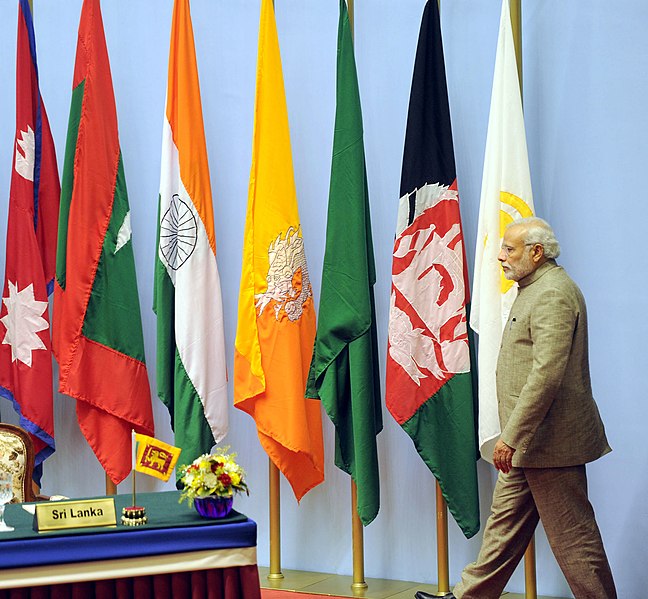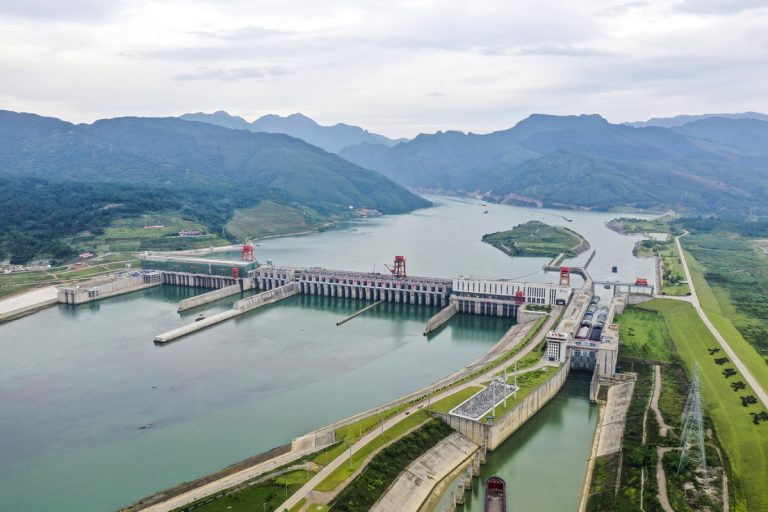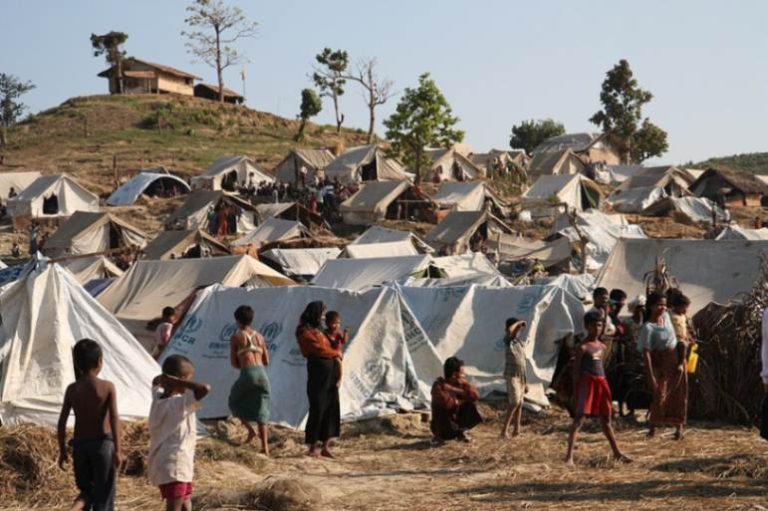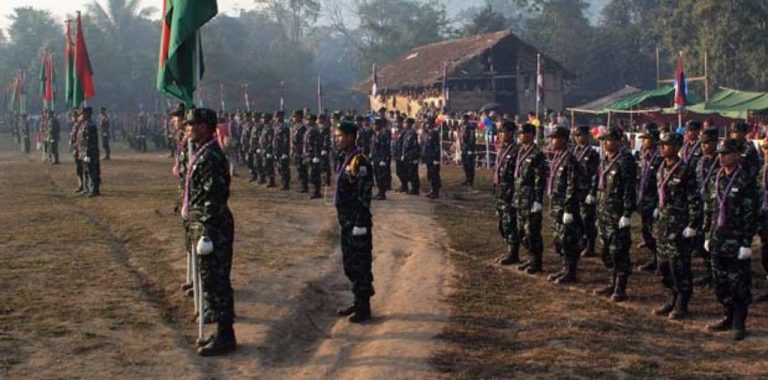
Photo by Prime Minister's Office, India
With the Indian General Election, or the Lok Sabha Election, on the horizon, all eyes are on the political battleground. There’s a prevailing belief that Prime Minister Narendra Modi is set to secure victory for the third consecutive time, ensuring another term for his BJP party. Despite controversies swirling around Modi and his party, there’s a widespread optimism among the populace, placing more trust in Modi himself rather than solely in his party. But what fuels this trust in Modi’s leadership? Is he truly larger than his party, or is there more to the story? Let’s delve deeper into the dynamics shaping this electoral landscape.
Why People are more optimistic about Modi?
In the rural heartlands of India, a prevailing sentiment emerges in interviews with villagers and educated individuals alike: while there’s criticism of the Bharatiya Janata Party’s (BJP) governance marked by misrule, mismanagement, and corruption, there’s an enduring faith in Prime Minister Modi’s efforts to combat these issues. This sentiment is notably pronounced among rural communities, where Modi is revered for the plethora of government schemes and welfare programs bearing his name. Schemes like Pradhan Mantri Awas Yojana and Pradhan Mantri Ujjwala Yojana have brought tangible benefits to many, solidifying Modi’s position as a figure akin to an aura or even a god.
The nomenclature of these programs after the Prime Minister himself has contributed significantly to his larger-than-life persona, transcending mere party lines. In the media landscape, a noticeable pro-Modi bias has taken root, with consistent praise showered upon him, often overshadowing his party’s contributions. It’s commonly asserted that Modi’s only competitor is himself, underscoring the formidable nature of his self-created image.
However, what’s often overlooked is the potential peril of this self-image. Modi has meticulously cultivated an image of himself as a superhuman figure, embodying the guardian of Indian values, defender of Hinduism, and a global strongman. While this portrayal has undoubtedly fueled his political ascendancy, it poses a challenge when Modi himself begins to internalize this exaggerated persona.
Undoubtedly, Modi has cultivated a cult-like political following in India, a feat that has eluded his contemporaries in the opposition. This phenomenon significantly bolsters predictions of Modi’s electoral success in the upcoming elections, as his persona transcends traditional party affiliations, making him a singular force in Indian politics.
Modi’s greatest advantage lies in the weaknesses of his opponents?
It is almost accredited that Narendra Modi has created a cult political personality in India, but it is not enough to convince all the people of India. Many people don’t believe that Modi has something special. But still they don’t find any alternative figure by whom Modi can be replaced. Prime Minister Narendra Modi’s political prowess often appears amplified by the vulnerabilities and disarray within the opposition. His ability to maintain a firm grip on power often seems bolstered by the lack of a cohesive and effective challenge from his adversaries. Rather than solely relying on his own merits or policies, Modi’s position is fortified by the inability of his opponents to present a united front or offer compelling alternatives. This dynamic underscores the importance of not just Modi’s leadership, but also the weaknesses and divisions within the opposition landscape in shaping the political landscape of India.
The absence of a leader with a pan-Indian image creates a void in Indian national politics. Such a leader could bridge regional divides and promote unity while addressing diverse developmental needs. This weakness of opposition parties has made Modi very strong. Modi and his party have successfully circulated the idea that Modi is the only person in the current situation who can unite the whole nation under the banner of Bharatiya nationalism.
Particularly The Indian National Congress party appears to have lost its direction entirely, resorting to desperate measures like seeking foreign assistance to combat the BJP. The lack of effective leadership within the opposition is evident, with little support for Rahul Gandhi and uncertainty surrounding his stance on India’s interests. Other opposition figures such as Mamata Banerjee seem to harbor national aspirations without a solid political foundation beyond their respective states. There’s a noticeable dearth of strategy among the opposition in countering the BJP, especially on a national scale, with their representatives often faltering in televised debates due to a lack of coherent policies and understanding of key issues. Many retreat from these discussions in embarrassment when pressed on their positions. The opposition lacks a clear strategy to counter BJP, and their spokespersons appear clueless on national issues.
Can Opposition alliance named I.N.D.I.A beat Modi?
Political strategist Prashant Kishor, who worked for Modi in 2014, asserted that the new alliance could have beaten the BJP if this process had started 2 or 3 years ago. All the parties in this I.N.D.I.A alliance have a common goal: to defeat Modi. However, they also have their differences among them. Most of them are regional parties, and their interests aren’t the same. They have to make difficult decisions, such as determining their PM candidate, distributing seats, and addressing many other issues. Most importantly, they need to establish a strong narrative against Modi’s Hinduism and nationalism. This process requires time, but the parties in the I.N.D.I.A alliance can’t come to final decisions. They still have problems within their ranks, and as a result, one of the initiators of this alliance, Nitish Kumar, the CM of Bihar, has left the alliance and joined the BJP-led alliance. This proves that the I.N.D.I.A alliance is already a failure. If this alliance can’t accomplish something that can change the current scenario, Modi and the BJP’s victory is inevitable.
In conclusion it can be said that as India braces for the 2024 General Election, Prime Minister Narendra Modi emerges as a formidable candidate, buoyed by his enduring popularity, particularly in rural areas, and a larger-than-life persona cultivated through government schemes and media portrayal. Despite criticisms, Modi’s leadership remains unchallenged, with the weaknesses of the opposition further solidifying his position. Efforts to form alliances against him falter amid internal conflicts and the absence of a unified narrative. As a result, Modi’s victory seems increasingly inevitable, underscoring both his political prowess and the challenges facing India’s democratic landscape.
Opinions expressed in this article are those of the author.




